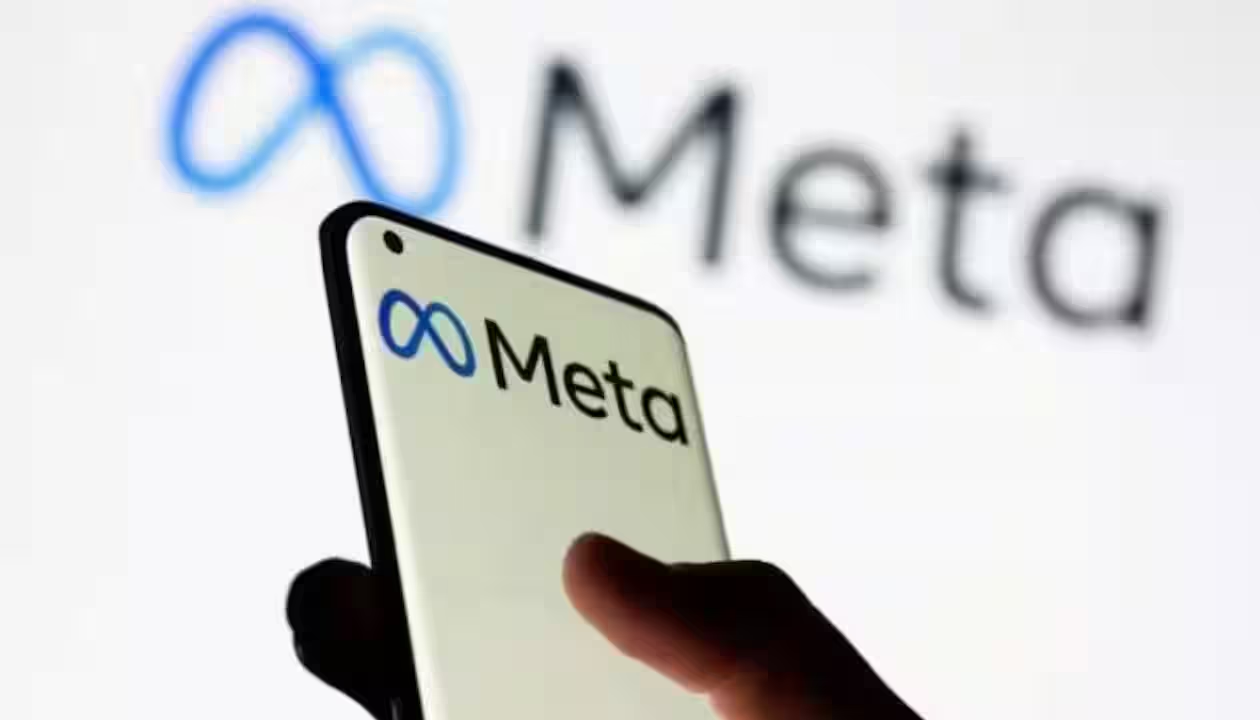Meta Introduces SeamlessM4T: A Groundbreaking AI Model for Multilingual Translation and Transcription
Imagine a world where language is no longer a barrier to communication, where you can effortlessly converse with people from all corners of the globe in their native tongue. Thanks to Meta’s groundbreaking multimodal translator, that world is closer than ever. This innovative technology harnesses the power of a single model to speak 100 languages, transforming the way we connect and understand one another.
Unlike its predecessors, SeamlessM4T is a single model that can seamlessly handle multiple tasks in over 100 languages. The problem with earlier AI translation models was their limited capabilities. They could only perform one or two tasks efficiently, such as translating text to speech or speech to text. To achieve the high-performance seen in platforms like Google Translate and Facebook’s language services, multiple models had to be layered on top of each other. This computationally intensive process has now been tackled by Meta with the creation of SeamlessM4T.
SeamlessM4T is a versatile and foundational multilingual model that effortlessly translates and transcribes between speech and text. It supports numerous functions, including speech-to-text, text-to-text, speech-to-speech, and text-to-speech. With input in nearly 100 languages, it can output the translated content in 36 other languages, including English.
Meta’s research team emphasizes that SeamlessM4T significantly improves performance for low and mid-resource languages while maintaining strong performance for high-resource languages like English, Spanish, and German. Built from the existing PyTorch-based multitask UnitY model architecture, SeamlessM4T incorporates the latest technologies, such as the BERT 2.0 system for audio encoding and the HiFi-GAN unit vocoder for generating spoken responses.
In addition to SeamlessM4T, Meta has also developed a vast open-source speech-to-speech and speech-to-text parallel corpus called SeamlessAlign. This extensive collection, comprising “tens of billions of sentences” and “four million hours” of speech, was created by mining publicly available repositories. Tests have shown that SeamlessM4T outperforms its state-of-the-art predecessor when faced with challenges like background noises and speaker style variations.
Continuing their commitment to open science, Meta has made SeamlessM4T available as an open-source project. This move aims to encourage researchers and developers to build upon the technology and contribute to the AI community’s quest for universal multitask systems. To get started with SeamlessM4T, simply visit GitHub to download the model, training data, and documentation.
The Language Barrier Conundrum
In our increasingly interconnected world, the ability to communicate across linguistic boundaries is paramount. Whether for business, travel, or simply fostering global friendships, the need for effective language translation has never been greater. Yet, achieving seamless translation across a multitude of languages has been a significant technological challenge.
Historically, language translation has relied on complex algorithms and machine learning models specific to each language pair. This approach, while effective to some extent, presented limitations in terms of scalability and accuracy. Additionally, creating and maintaining models for hundreds of languages was a resource-intensive endeavor.
A Breakthrough in Multimodal Translation
Meta, formerly known as Facebook, has risen to the challenge with its multimodal translator, powered by a single model. This groundbreaking technology leverages the Multimodal Unified Transformer (MUM), a state-of-the-art machine learning model known for its versatility and efficiency.
MUM excels in understanding text, speech, and images, making it the perfect candidate to tackle the complexities of multilingual translation. By incorporating multimodal input, Meta’s translator can not only process written text but also spoken words and visual content, such as images and documents, to provide a comprehensive and contextually accurate translation.
A Universal Language Model
The beauty of Meta’s multimodal translator lies in its universality. Instead of developing and maintaining separate models for each language pair, a single model can effectively translate between 100 languages and counting. This approach significantly reduces the computational resources required and ensures consistent translation quality across all supported languages.
The multimodal translator also adapts to the specific nuances and dialects of each language, ensuring that translations feel natural and culturally sensitive. This adaptability is a testament to the power of state-of-the-art machine learning models in understanding the complexities of human language.
Applications Beyond Language Translation
While language translation is the most obvious application of Meta’s multimodal translator, its potential extends far beyond breaking language barriers. This technology can be utilized in various fields, from content localization and global marketing to healthcare, education, and international diplomacy. It opens up new possibilities for cross-cultural collaboration and understanding.
Discover the future of multilingual translation and transcription with SeamlessM4T

